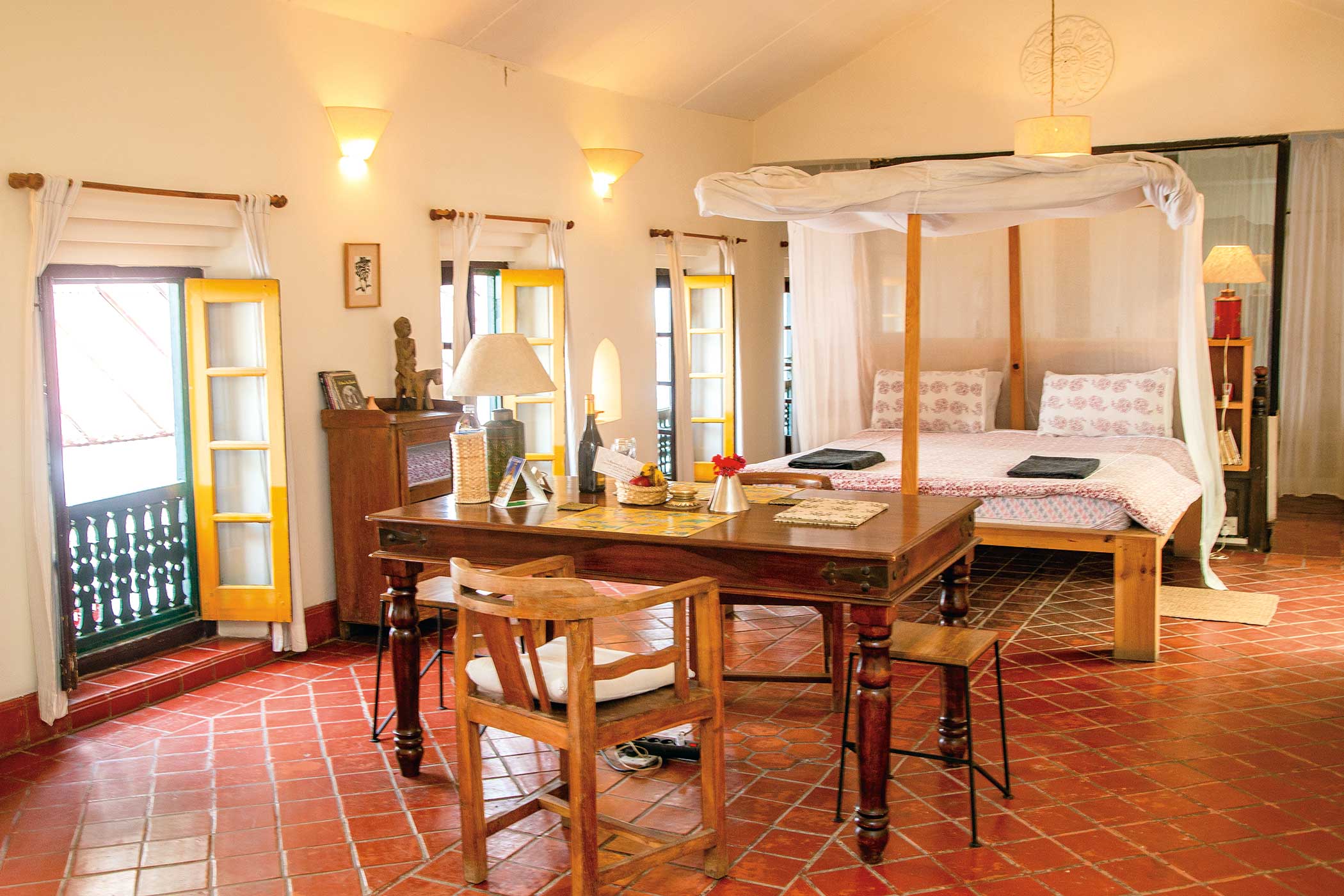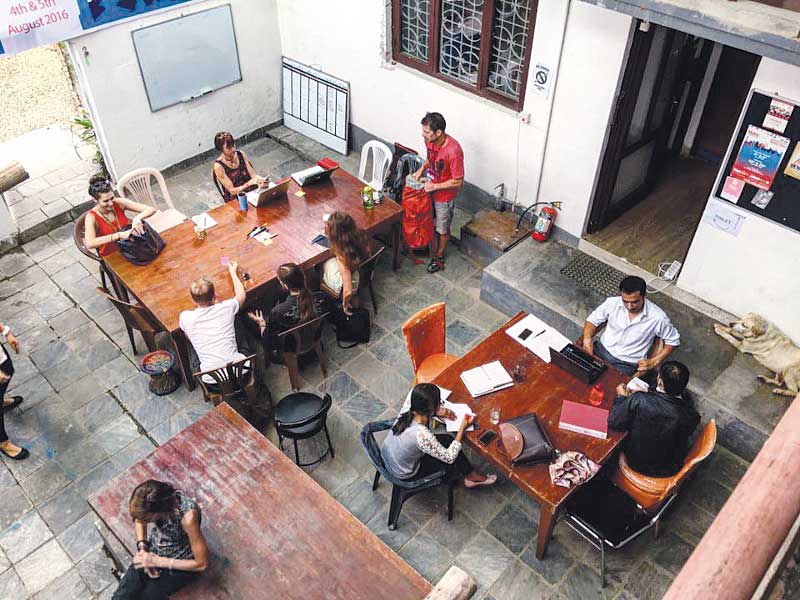On the way to Swyombhunath Stupa, opposite the army hospital in Chauni, is an old Rana period durbar that has been the repository of Nepal’s history for the last 80 years or so. Established in 1938, it is a treasure trove of ancient relics and art and craft since the time of the Lichhavis (fourth to twelfth centuries). Here is where you’ll find is the five-foot tall limestone statue of Ansu Verma, their first king, as well as a headless figure of a Matrika (mother goddess), +excavated in Handigaun in Kathmandu. These two relics are the most ancient stone figures found in Nepal.
 There are numerous other historical artifacts, mostly deity figures, in this section devoted to stone, terracotta, and metal craft, mostly from Kathmandu Valley. The Newar artists and sculptors of the valley have always been celebrated for their artistry, and you’ll see plenty of their works here. Another section houses Buddhist art and artifacts, and is a fountain of knowledge on the more complex aspects of Buddhist symbolism. You’ll find amazing pau:bhas (traditional religious paintings) full of deep meaning, and get an insight into exotic subjects like the wheel of life and Buddha’s teachings through these intricately detailed paintings. Similarly, you’ll get a deeper understanding of mandalas and their purpose.
There are numerous other historical artifacts, mostly deity figures, in this section devoted to stone, terracotta, and metal craft, mostly from Kathmandu Valley. The Newar artists and sculptors of the valley have always been celebrated for their artistry, and you’ll see plenty of their works here. Another section houses Buddhist art and artifacts, and is a fountain of knowledge on the more complex aspects of Buddhist symbolism. You’ll find amazing pau:bhas (traditional religious paintings) full of deep meaning, and get an insight into exotic subjects like the wheel of life and Buddha’s teachings through these intricately detailed paintings. Similarly, you’ll get a deeper understanding of mandalas and their purpose.
Some of the other highlights are the magnificent metal statues of the Buddha and other Buddhist deities, and there are some that are of particularly more interest due to the fact that they have been returned to the valley from many museums abroad, where they had been sold by thieves who had stolen and smuggled them from their rightful abodes in their temples here. The third section has many subsections with botanical and zoological specimens, and numerous historical artifacts, such as rare coins and stamps, trophies, and weaponry used over the years. Photographs of kings, prime ministers, and other historical personalities are hung all along the corridors. Many visitors to Kathmandu really do not have a visit to this treasure house in their itineraries, but really, they should, because they will be missing a great opportunity to get to know the country better.












